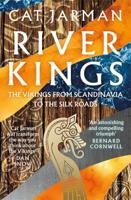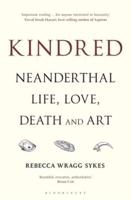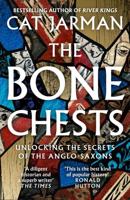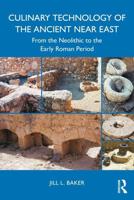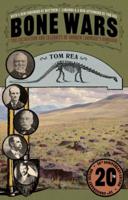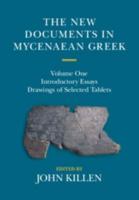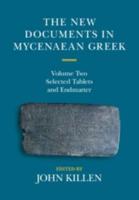Publisher's Synopsis
This book explores and critiques the underlying assumption that a binary gender system and patriarchal norms were universal in Bronze Age Europe through a careful analysis of burial practice in Ireland and Scotland.
Gender and Society on the Margins of Bronze Age Europe makes a decisive and critical intervention in the debate around the nature of gender in the European Bronze Age. Tacking between scales, from the detail of local practice to a major analysis of recently excavated and analysed skeletons, it argues that binary gender was far from universal in Bronze Age Europe, and consequently questions its broader importance. Unlike bronze technology, shared widely between communities across Europe, binary gender was an optional or negotiable part of Bronze Age life. The book goes on to assess the huge implications of this evidence firstly, for the history of gender, as it indicates that there was no simple linear trajectory to binary gender and patriarchy and secondly, by demonstrating that interconnectivity in Bronze Age Europe did not result in fundamental social and ideological agreement, undermining the idea of a shared Bronze Age society. At its core, the book reimagines how gender archaeology can be conducted, inspired by the sub-discipline's radical origins and following a method rooted in the detail of local practice.
This book is essential reading for scholars and students of the European Bronze Age, gender (pre)history, and gender archaeology. It connects with major themes in theoretical thinking across the humanities, particularly relating to posthumanism, assemblage theory, embodiment and gender.


